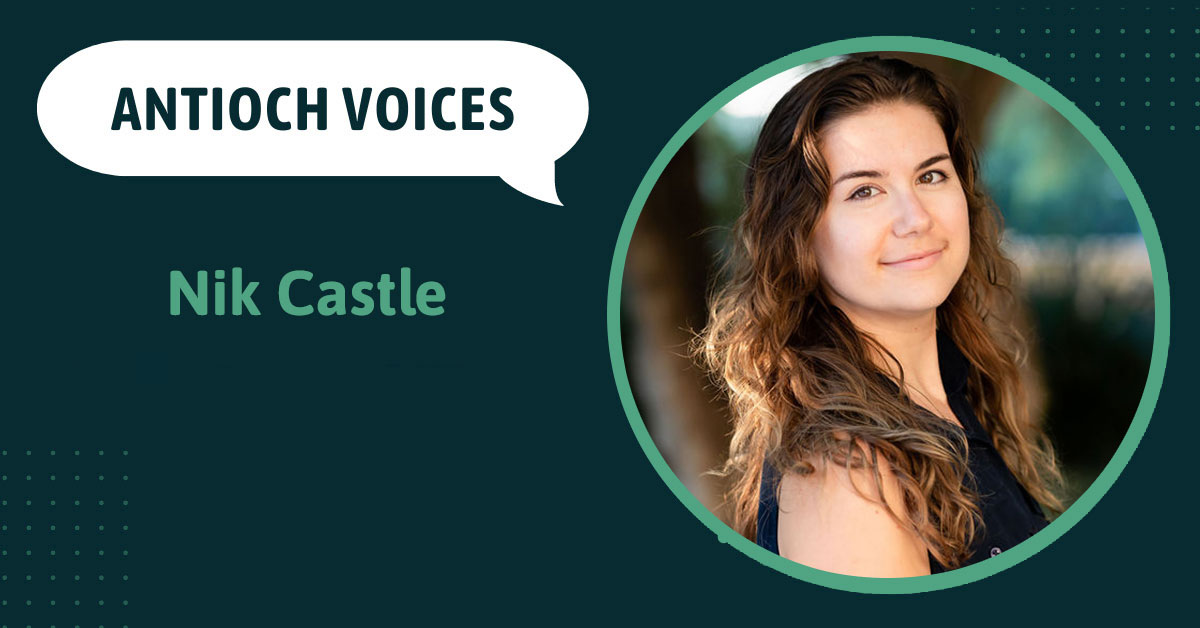As conflict mounts on a global scale while another International Day for Tolerance approaches, how can people with differences that pose barriers to understanding one another finally start to get along? On a much, much smaller scale, this is a question I’ve contended with for many years. I’m autistic, and while I didn’t know that about myself for my first 27 years, something about being in connection with others always seemed to feel a bit off for me. I’ve spent a great deal of time studying and discussing communication, connection, and conflict management. Now that I understand my neurotype better than I used to, I see that my curiosity on the subject was fueled by a desire to make up for what comes more naturally to others. These days, I love to host informal workshops through the lens of Non-Violent Communication, most recently one called Belonging and Other Universal Human Needs. Even my neurotypical friends love them!
So, how do we take this question global? Declared a holiday by UNESCO in 1996, the International Day for Tolerance commemorates the anniversary of the adoption of a Declaration of Principles on Tolerance by United Nations Member States on November 16, 1995. Although the UN includes the active notions of respect, appreciation, and acceptance of the diversity of our world in its definition of the word tolerance, modern connotations of the words tolerance and acceptance do carry different tones. Basically, tolerance is a matter of behavior, while acceptance also extends to the underlying attitude beneath the behavior. Psychologist Jefferson Fish explains that both tolerance and acceptance fall short of understanding. He explains that while understanding another person or culture does not necessarily mean accepting or tolerating it, tolerance and acceptance are also no shortcuts for true understanding, a necessary component to maintaining accuracy in psychological research across cultures. Widening the lens from psychological research, understanding is necessary to mutuality and connection in ways that acceptance and especially mere tolerance are not.
So, without digging into UNESCO documentation about the UN’s position on and definition of tolerance, an idealistic modern person might see International Day for Tolerance on a calendar and think this an odd choice, notably short of truly accepting and embracing differences. At least, this was my own first reaction! On the other hand, the goal of global tolerance was written into the UN charter almost eight decades ago and meaningfully reinvigorated with the Year of Tolerance 28 years ago, and today we still find ourselves in a world marred by conflict, including racially and religiously motivated acts of terror and oppression, apartheid government, and violent disrespect and disregard for indigenous people and cultures across the globe.
Perhaps aiming for tolerance rather than acceptance or understanding is a goal more grounded in realism. The body neutrality movement provides a wise and hopeful anchor for this realistic perspective. This movement aims to celebrate bodies for their important and useful functions rather than to strive, often inauthentically, for celebrating how they appear. Opting out of the narrative that bodies must be aesthetically pleasing allows folks to come to a more genuine appreciation of the body homes they live in. The tolerance paradox provides a cautionary example against overvaluing the mere appearance of inclusivity over genuinely assessing relational dynamics.
The tolerance paradox is as follows: if, in the interest of inclusivity, a group is permissive of people and behaviors that cause harm to others, this permissive tolerance is actually exclusionary behavior toward the harmed parties. If the recommendation here for groups is to attempt to curtail harmful behavior by taking a stance against it, eventually scaling the response to excluding the intolerant parties from the group if necessary, on a global scale the problem remains—we all share the same globe, after all.
Considering both the tolerance paradox and the case study of the body neutrality movement, I bristle less at the idea of striving for tolerance than at first glance. Realism is an essential characteristic of an achievable goal, after all. Still, from another psychological perspective, the links between behaviors and underlying thoughts and feelings have been widely explored, particularly in the realm of Cognitive Behavioral Therapy. At the risk of oversimplifying, this discipline posits that changing behaviors is a matter of evolving the underlying thought patterns that catalyze those behaviors. If this axiom generalizes from the individual to the collective scale, taking steps towards underlying attitudes of acceptance and understanding at the same time that we hold the goal of global tolerance can be supportive of more sustainable and enduring change on the global relational front.
It brings me back to the gold standard in conflict management that Marshall Rosenberg, author of Non-Violent Communication, offers us—if we hold the ideal of endeavoring to make life more wonderful for one another, we are more likely to avoid ending up in harmful conflict in the first place. If that feels too idealistic to the point of being discouraging, I completely understand. But, my own explorations with practicing, studying, and ultimately teaching about connection—all motivated from a real feeling of social deficit—have led me to another supportive idea here: carrying something that feels like a personal burden can be a catalyst for necessary and nurturing leadership towards lessening that burden for not only the self but also to others. So, moving towards a global relational culture that centers on honoring human rights can be simplified into a task of identifying and maintaining common ground. Aiming higher and deeper than tolerance with our relational goals grants us more grace when we inevitably fall short from time to time.

Nik Castle
nik castle is a student in the MA in Clinical Psychology program at Antioch’s Los Angeles campus. They are most drawn to the Gestalt, Existential, and Psychodynamic schools of thought in psychology, and following their own healing and growing experiences unfolding in a community setting, prefer to work and practice in a relational context. In their free time, nik supports an art collective in an organizational capacity, and contributing informal classes and workshops in this setting about topics like Non-Violent Communication, Shadow Integration, and the Tarot has given rise to their own practice of Social Alchemy, which synthesizes a variety of modalities that have served them and their community particularly well. Learn more at socialalchemy.org.



